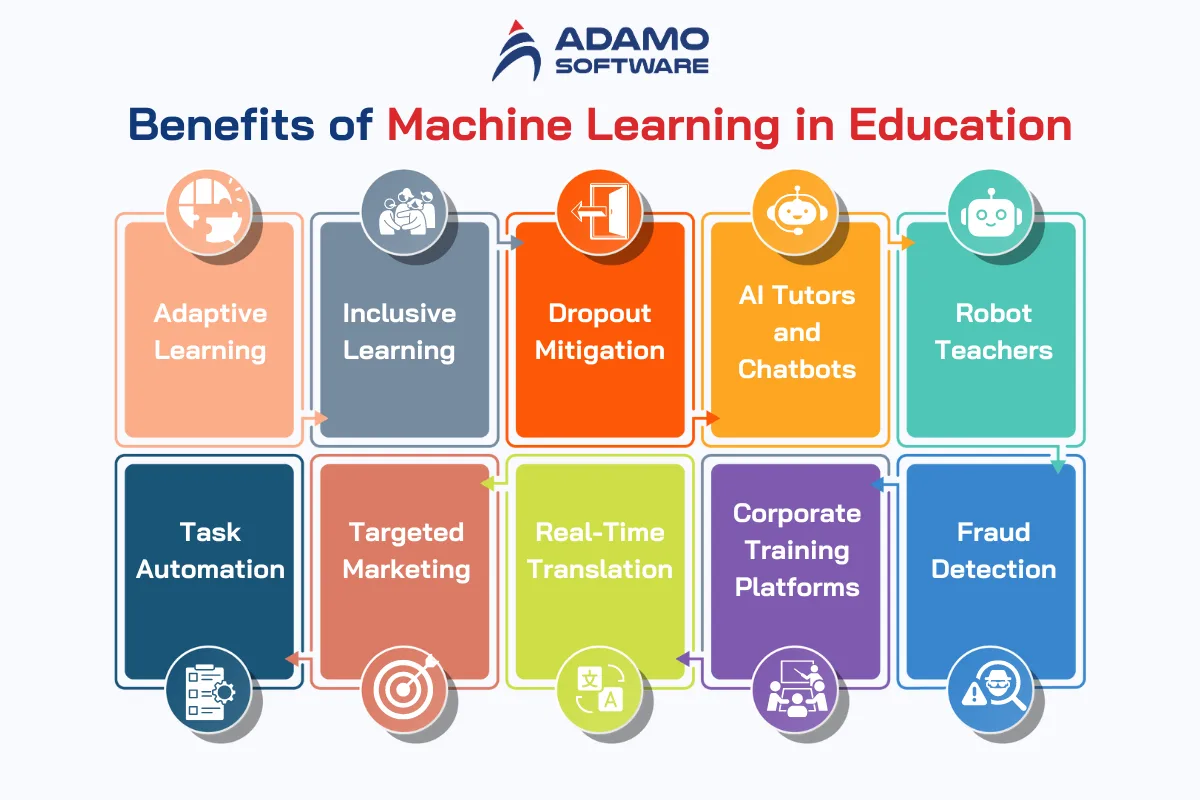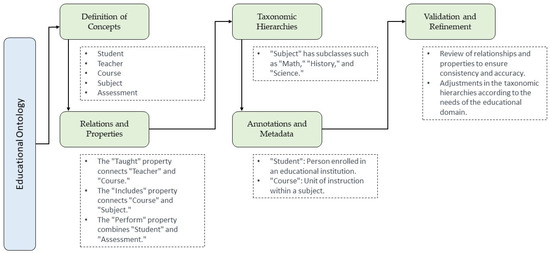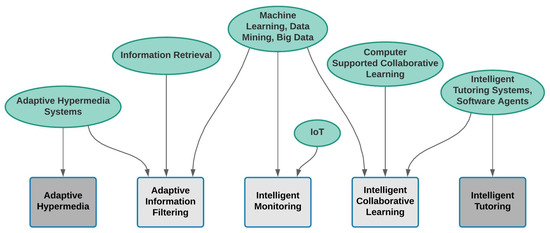Excitement About Bioinformatics Tutor
Table of ContentsRumored Buzz on Bioinformatics Tutor6 Simple Techniques For Bioinformatics TutorOur Bioinformatics Tutor IdeasThe Ultimate Guide To Bioinformatics TutorBioinformatics Tutor for Beginners
Of the total individuals involved in the training, 80% were trainees from public college establishments, while the staying 20% originated from personal establishments. To receive a certificate of engagement, trainees were needed to go to at least 90% of the total training hours. As a result of this requirement, an impressive 95% of the individuals efficiently acquired their certifications, having not only satisfied the minimum participation requirements however likewise completed all appointed activities throughout the training.
During the elevation of the COVID-19 pandemic, specifically between June and August 2020, the job team was entrusted with arranging specialized training in bioinformatics. This training was especially intended at pupils from the research study group Nucleus for Study in Applied Computer at the Federal College of Pará (UFRA) The adjustment to remote discovering platforms because of the pandemic developed a chance to explore new teaching methodologies and electronic devices that enhanced both reach and efficiency.
This training course was made to give an accessible yet detailed introduction of Artificial Knowledge methods, particularly as applied in bioinformatics (Bioinformatics Tutor). This digital layout made it possible for participation from trainees throughout Brazil, numerous of whom may not have had the chance to attend in-person sessions.
Bioinformatics Tutor Can Be Fun For Everyone
A remarkable feature of this training course was its emphasis on hands-on understanding. Approximately 50% of the total training hours were dedicated to sensible tasks where trainees constructed smart designs and applications in a series of scientific domain names, including genetics, molecular biology, and environmental information evaluation. Commonly utilized devices and structures such as Spyder, Google Colab, Jupyter Notebooks, and Orange were incorporated into the coursework. These systems made it possible for pupils to take part in real-time information control, design training, and formula testing.
The training course attracted 80 individuals in total. Sixty of them were connected with different college establishments in the state of Pará, while the continuing to be twenty came from establishments found in 5 various other Brazilian states. This wide geographical representation highlighted the national passion in bioinformatics and the expanding demand for specialized abilities in this field. By introducing Artificial Knowledge in a functional and appropriate context, the effort offered to bridge the void in between concept and real-world application, providing pupils with a solid structure for future research study or work in the area.
The training initiative created component of a broader academic outreach initiative referred to as the Bioinformatics when traveling project. This job has, over the years, presented dozens of trainees to the world site web of bioinformatics and computational biology. The events held under this umbrella initiative have actually occurred throughout several find out here areas and years, as summarized in Table 1 (Listing of events, places, years, and overall varieties of pupils and trainers)
Among one of the most impressive end results of the Bioinformatics when traveling initiative has actually been its payment to the development of decentralized research teams. Several of these groups, initially united by their involvement in training events, have actually since gone on to produce independent clinical study in partnership with regional academic institutions. The training not only promoted clinical reasoning within the context of bioinformatics yet additionally triggered joint partnerships that prolonged past the training setting. These partnerships have actually resulted in raised local clinical productivity and added meaningfully to the growth of the more comprehensive bioinformatics area in Brazil.
Getting My Bioinformatics Tutor To Work
The job itself was conceived and organized by MB and RR, that looked after the planning and implementation of each action. Lectures were provided by a multidisciplinary team containing MB, FA, EF, KP, JS, DM, SN, LP, LG, IH, a/c, and rr. The same group, omitting IH and RR, additionally acted as tutors for the sensible training modules. Funding for the project was offered with the grant 88887.200562/ 2018-00 from CAPES. The writers extend their gratefulness to everybody who added to the awareness of this task, whether directly or indirectly, because its beginning.
The Federal University of Pará's Office of Research (PROPESP/UFPA) likewise provided financial backing, especially for the manufacturing of the final manuscript. The writers state no economic or industrial disputes of passion that might have affected the research. Furthermore, all point of views and interpretations expressed in this post are entirely those of the writers and do not always mirror those of their corresponding organizations, the author, editors, or customers involved in the publication process.

The Facts About Bioinformatics Tutor Uncovered
From a pedagogical point of view, the teaching technique utilized in the training was purposefully interactive. Courses were carried out in a way that urged student involvement and conversation, surpassing memorizing memorization to discover just how concepts are developed, applied in life, and checked in scholastic settings. The training philosophy concentrated on supporting both strong and having a hard time pupils, supplying customized assistance, and building confidence through continual mentorship and persistence.

Each team, including around 36 participants, was sustained by three mentors-- the majority of whom were postdoctoral researchers with specific proficiency. These coaches not just helped make the team projects however likewise promoted their implementation, making certain that each research question was both pertinent and appropriately tough. The goal was to offer a naturally realistic context that individuals could discover through open-ended goals and access to curated datasets.
For added insights into the approach and outcomes of this project-based discovering technique, readers are routed to S1 Text, that includes thorough summaries of the instructional framework, assessment strategies, and project styles utilized in the training sessions.
Not known Details About Bioinformatics Tutor
Of the total amount participants included in the training, 80% were students from public greater education and learning establishments, while the continuing to be 20% came from personal institutions. To certify for a certificate of participation, students were needed to participate in at the very least 90% of the complete training hours. Notably, past the students that signed up in the training sessions, seven seasoned teachers participated in providing the training courses, while three devoted research teachers collaborated the overall training process. Around 50% of the complete training hours were devoted to practical activities where students developed smart versions and applications in a range of clinical domain names, including genetics, molecular biology, and ecological information analysis. The training not just promoted scientific thinking within the context of bioinformatics but additionally sparked collective partnerships that prolonged past the training environment.